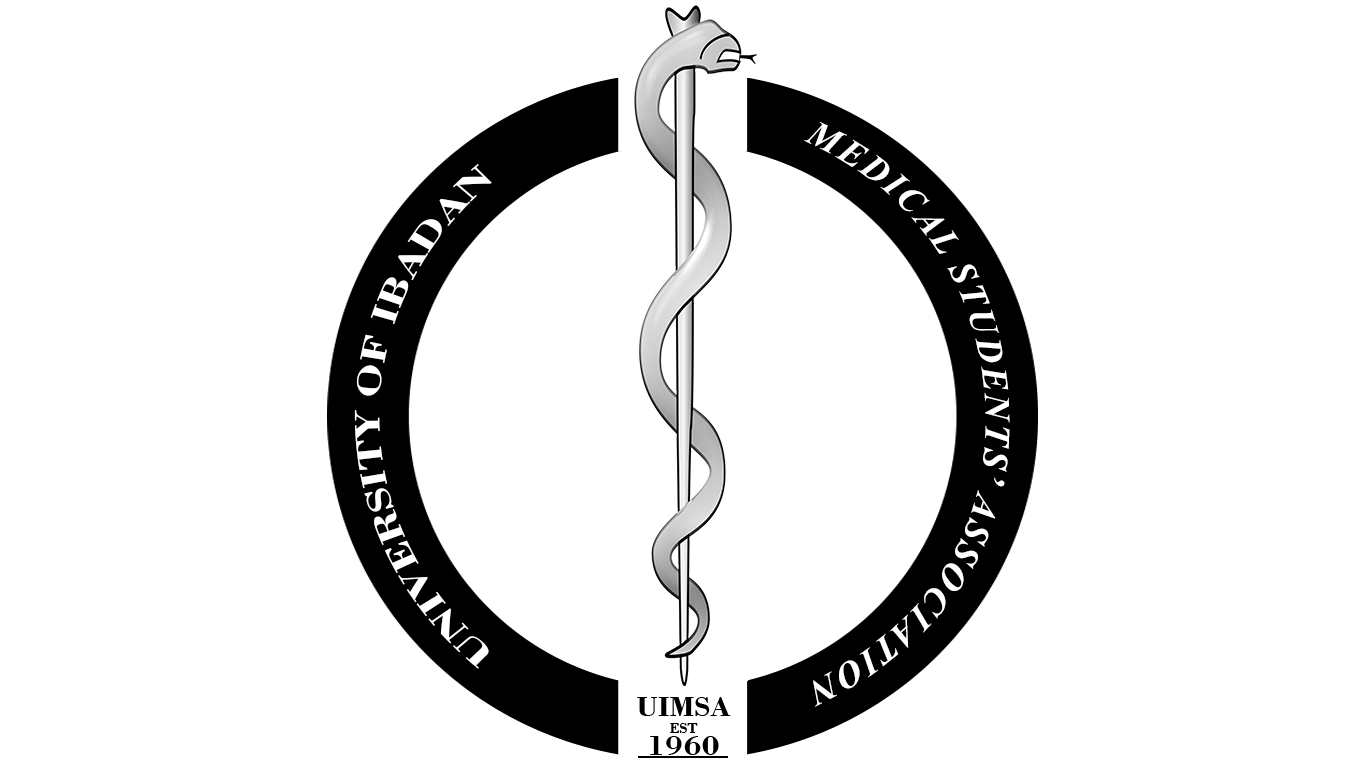From the time of Hippocrates in ancient Greece until the mid-17th century, when English doctor Thomas Sydenham began his work, physicians in Europe had based diagnoses on the erroneous theory of the four humours. The theory attributed disease to excesses of phlegm, blood, yellow bile, or black bile, and grouped disorders accordingly.
When diagnosing his patients’ complaints, Sydenham, by contrast, based his conclusions on careful, objective observation of symptoms and signs, and used the same approach to classify disorders. Sydenham’s objectiveness gave him the ability to distinguish between different types of illness in order to treat them effectively. The study of the classification of diseases was later termed nosology.

Born in 1624, Sydenham served in the army of Oliver Cromwell in the English Civil War before and after completing medical studies at Oxford University. In 1663, he passed the College of Physician examinations, allowing him to practise as a doctor in London. He was an excellent doctor that did the best he could for his patients, and made as little as possible of the mysteries and traditional dogmas of medicine, he was also a zealous Puritan and it was said that he rejected on religious grounds attempts such as pathological anatomy and microscopic analysis to uncover the hidden causes of disease. He argued God only gave man the ability to perceive the outer nature of things with his senses.
Among his many published works, the 3rd edition of his first book, Methodus curandi febres (The Method of Curing Fevers) would be renamed Observationes mediciae (Observations of Medicine). With this book he gave a close study of the various fevers, fluxes and other acute maladies of London over a series of years, their differences from year to year and from season to season, together with references to the prevailing weather.
From this study, he found that the type of the acute disease varied, according to the year and season, and the right treatment could not be adopted until the type was known.
Following this publication, Sydenham was held in vague esteem by his colleagues for his other outstanding works on cooling (or rather expectant) treatment of smallpox, for his laudanum (the first form of a tincture of opium), and for his advocacy of the use of “Peruvian bark” in quartan agues (in modern terms, the use of quinine-containing cinchona bark for treatment of malaria caused by Plasmodium malariae).
Posthumously he would be described as the English Hippocrates as his work was widely recognised for inaugurating a new method and a better ethics of practice. Observationes mediciae (Observations of Medicine) would be a standard textbook of medicine for the next 2 centuries.
Some commonly used word(s) and phrase(s) were also attributed to him,
E.g (1.) Pertussis, whooping cough. (Thomas Sydenham, 1679) ( 2.) Primum non nocere (First, do no harm)
